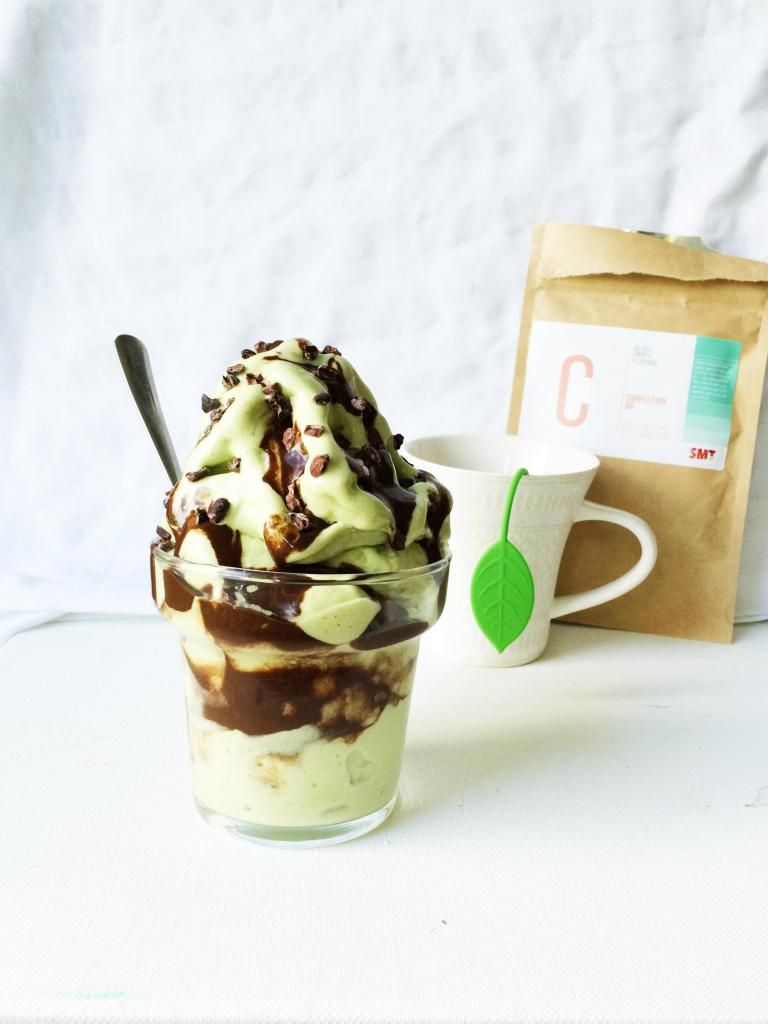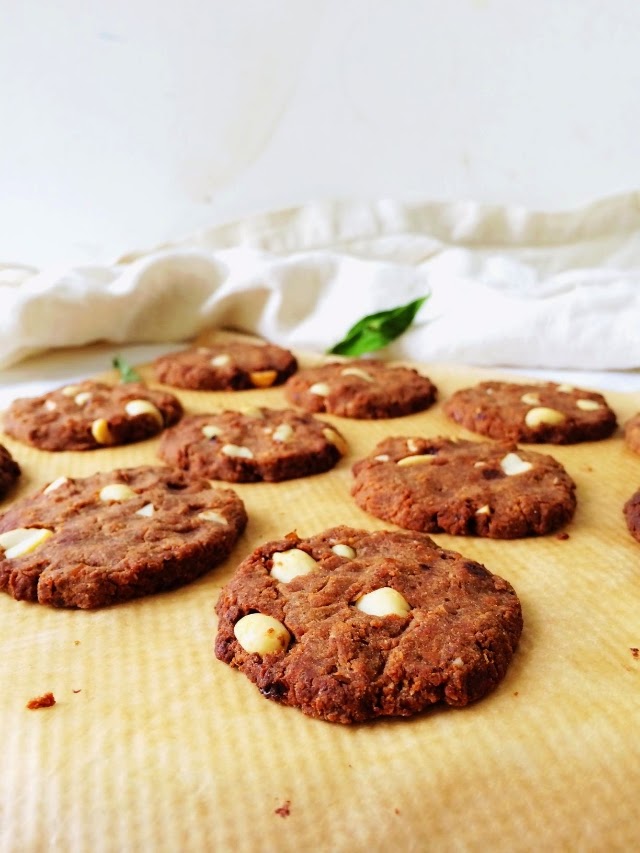According to a new Commonwealth Fund sponsored study published in
Health Affairs, “
Small Primary Care Physician Practices Have Low Rates Of Preventable Hospital Admissions”. The study of over one thousand practices of various sizes and ownerships, conducted by some of the most respected names in health care, found that the smallest independent primary care practices, that are physician owned, provide better care at lower overall cost. Considering the current, and rather belligerent, advocacy and policy efforts to eradicate small independent medical practice, and the massive move of physicians from private practice to hospital employment in the name of efficiency, quality, value and economies of scale, this study should have created quite the furor. It has not, and chances are excellent that it never will.
The study, consisting of 1045 practices and 284,000 patients, is a combination of survey responses regarding practice characteristics, and Medicare claims data used to calculate rates of ambulatory care-sensitive admissions (ACSA). As the title implies, Lawrence Casalino and colleagues found that practices with one or two physicians had 30% lower rates of these presumably preventable admissions. But this was by no means the only finding, because in general, physician owned practices, as opposed to hospital owned practices, regardless of size, had lower ACSA rates. Furthermore, the study also found that all sorts of innovative practice models foisted on physicians nowadays have marginal and sometimes negative effects on ACSA rates: “Neither the patient-centered medical home score, nor pay-for-performance incentives, nor the acceptance of risk for the cost of hospital care for the practice’s patients was significantly associated with the ambulatory care–sensitive admission rate … . Practices exposed to public reporting had somewhat higher rates.”
We should clarify here that the study uses a proprietary definition of “
patient-centered medical home scores”, which is a narrow electronic-industrial subset of the broadly accepted comprehensive definition of the Patient Centered Medical Home (PCMH), and as such, unlikely to be implemented in small practices. Important PCMH aspects that are widespread among small practices are not included in these “scores”. For example, enhanced access to care is measured exclusively by availability of group visits and e-mail communications with physicians, without accounting for the more conventional same-day or after-hours appointments, and two fundamental aspects of classic PCMH, personal physician and whole person orientation, are inexplicably left out altogether. In addition, practices with 1 or 2 physicians are handicapped right out of the gate for being automatically deemed to lack “primary care teams”. Small practices also get dinged for lack of “rapid-cycle quality improvement strategy” and not participating in “quality improvement collaboratives”.
Another thing that should be noted is that this new study is based on 2008 data, so six years ago, physician owned practices were providing better care at lower costs, and the smaller the practice the more efficient it was. Between then and now, we enacted legislation and a slew of regulations pushing for massive consolidation of health systems, which in turn triggered a most spectacular shopping spree for private practices, converting large swaths of the health care delivery system into a less effective and more expensive model of care. To top it all off, we added, and are still enthusiastically piling on, regulatory requirements for all the things that Casalino and colleagues found largely inconsequential, and in the case of public reporting, somewhat detrimental to the outcomes we seek. We are spending billions of dollars on transforming our health care system into one that is more expensive and arguably of lower quality.
Previous studies (that you probably never heard of either), are somewhat inadvertently supporting the findings published by Casalino and colleagues. For example, a
2011 study by John Kralewski and colleagues showing that investment in improved quality of care for patients with diabetes can indeed reduce costs of care, reached several secondary conclusions that may have gotten lost in the shuffle. The study found that “[p]hysician-owned practices had significantly lower costs than hospital-owned practices”, and that “[l]arger practices and those with more on-site support services had significantly higher costs”. It also noted that neither the presence, nor the advanced expertise in use, of electronic medical records had significant influence on costs for the studied patients, while a “higher ratio of nurse practitioners and physician assistants in the practice increased costs”. Finally, a closer look at the results indicates that physician-owned practices “achieved more of their cost savings by providing higher-quality care than practices owned by hospitals or other agencies”.
In spite of the pretty straightforward evidence presented by Casalino and colleagues, and others before them, the authors seem troubled by the “unexpected” results, “since small practices presumably have fewer resources to hire staff to help them implement systematic processes to improve the care they provide”. And here we arrive at the crux of our health care dilemma. For decades, brilliant minds in health care have been consistently driving policy changes based on the assumption that health care is a “system”, and as such, it should be improved by well-established methodologies borrowed from other systems (e.g. Deming cycles, Lean Six Sigma, etc.). Small practices were obviously ill suited for such endeavors and hence the tacit agreement that most physicians should transition to larger medical settings, preferably hospital owned, so that improvement cycles can be uniformly applied across the factory floor. As a variety of integrated health systems began reporting success with these methodologies, the issue was considered settled and the “system” began moving full steam ahead.
Except that the baseline was all wrong. While millions and billions of dollars were being diverted from direct patient care and spent instead on industrializing health care, the much derided Marcus Welby model of care, in its stark simplicity, was running circles around the heavy machinery with gazillions of moving parts, put in place by health care reform. The only question remaining now is whether the damage is reversible. Obviously, the large amounts of money that were sent down the drain are not recoverable, but perhaps it’s not too late to cut our losses and stop throwing good money after bad. The Casalino study is a snapshot of the situation in 2008, but sadly the same may not be true today.
After years of trying to keep up with regulations, incentives, penalties, mandated clunky technology, performance reporting, overt and covert price discrimination, and increasingly untenable reimbursement complexities, all of which were shown to do nothing for effectiveness and/or efficiency, many physicians in small practice are demoralized, frustrated or have completely given up. As a group, independent doctors are getting older and
medical schools, turned trade schools for “health care systems which are now the major employer of doctors” are busy preparing students “to focus on populations of patients rather than individual patients”, with full support from the American Medical Association..
It may very well be too late to recover what was lost, but this realization does not explain the conclusions reached by Casalino and colleagues from this, perhaps too little too late, study. In spite of the data presented, we are told that “[s]mall practices have many obvious disadvantages”, where none were discussed in the body of the article, and that “[i]t would be a mistake to romanticize them”. The article also suggests, and rightly so, that more research is needed, and perplexingly also that small practices should be helped with resources and services to implement precisely the processes that two paragraphs above were shown to make no difference in outcomes.
I do understand the difficulties inherent in reversing position on a long held belief, but just like romanticizing the country doctor of days gone by is indeed a mistake, dismissing the data based on romantic notions about Toyota’s car manufacturing business, is an equally grave scientific error. And in response to this study, the silence of the health care research community, as well as the mainstream media, which is supposed to act in the public interest, is outright deafening. I wonder why....











